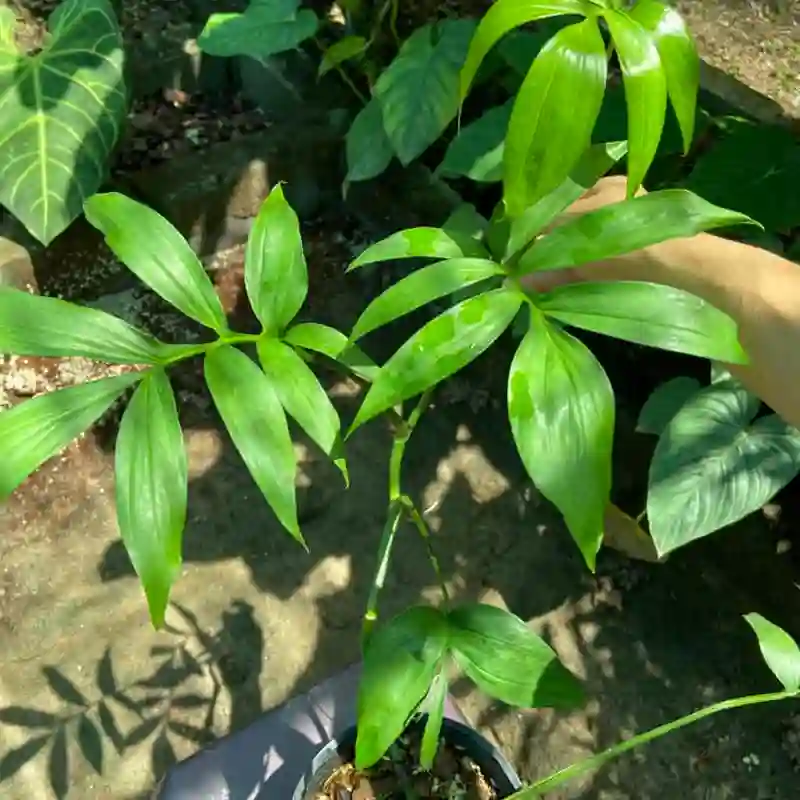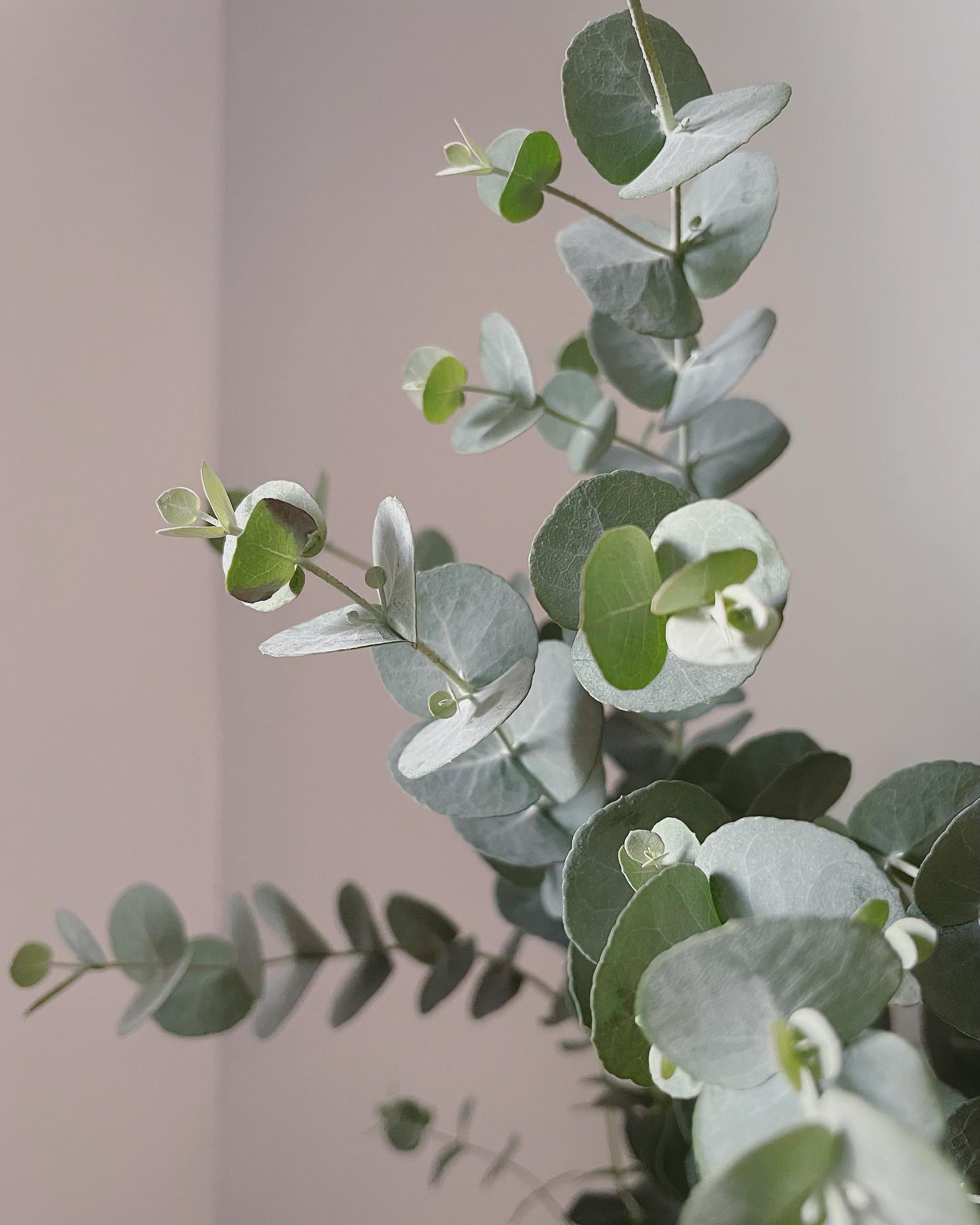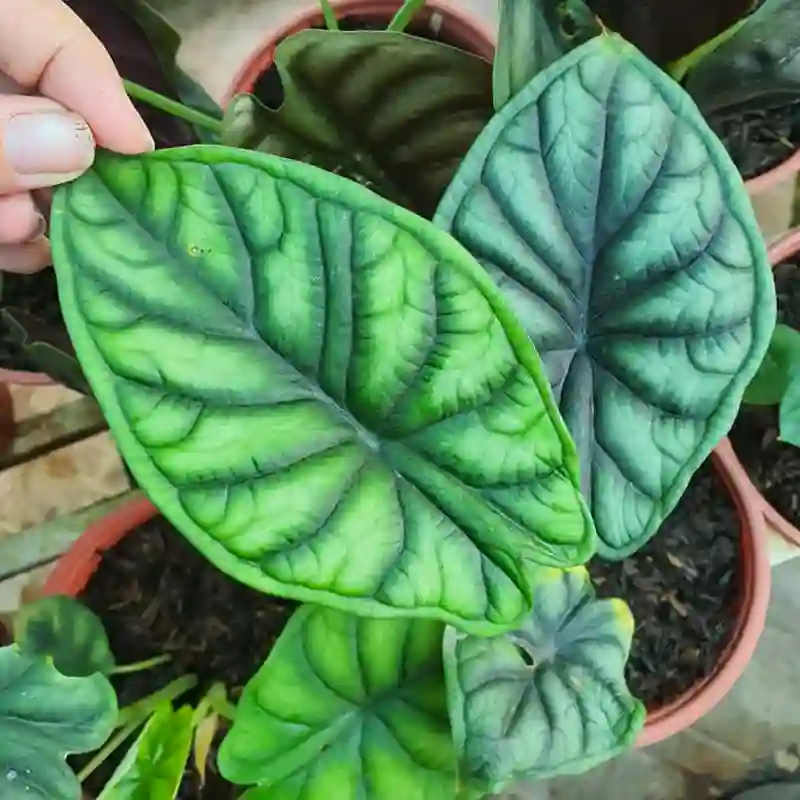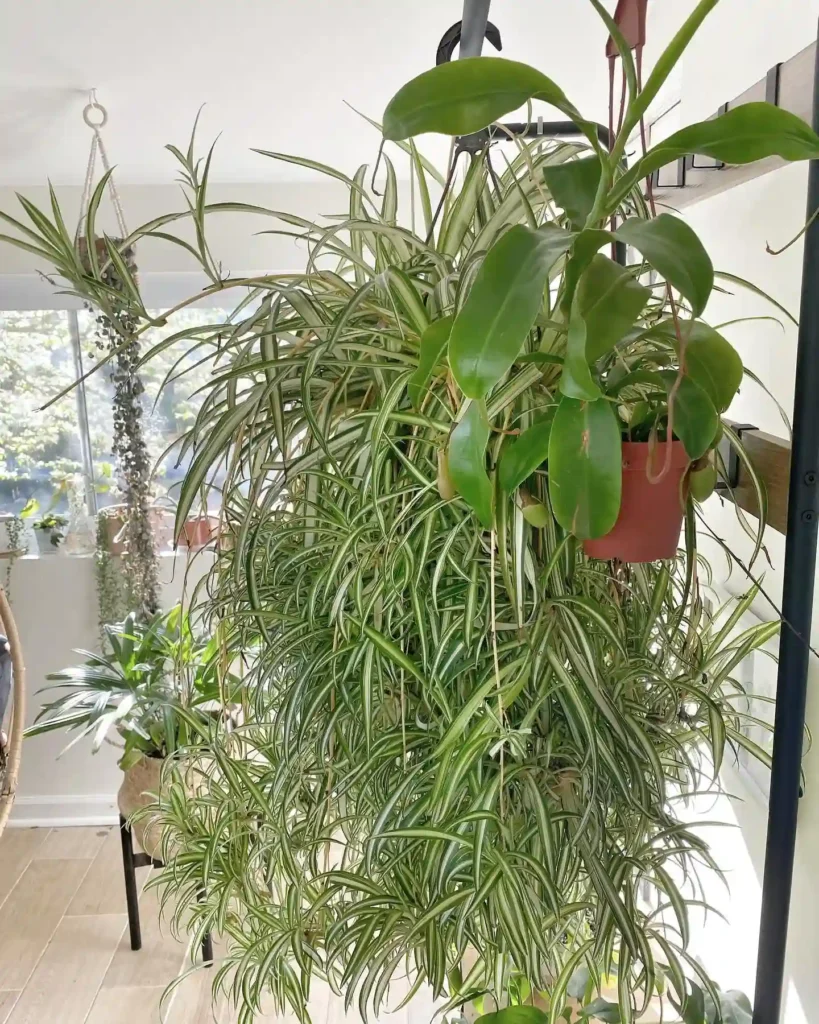What is Aglaonema Stripes?
My love affair with houseplants started with a single, unassuming spider plant. But as my confidence grew, so did my desire for more interesting foliage. That’s how I stumbled upon the Aglaonema Stripes, and let me tell you, it was love at first sight.
This stunning houseplant boasts deep, emerald-green leaves adorned with elegant stripes of silvery-white. It’s a visual masterpiece that injects a touch of the tropics into any room. But beyond its captivating looks, the Aglaonema Stripes won me over with its remarkably easy-going nature. It thrives on neglect – perfect for someone like me who forgets to water occasionally (or more often than I’d like to admit).
Now, if you’re considering welcoming an Aglaonema Stripes into your home, you’re in for a treat. Here’s everything you need to know to keep this beauty flourishing:
26 Species in Genus Aglaonema
Finding the Perfect Spot for Your Aglaonema Stripes
Unlike many houseplants that demand copious amounts of direct sunlight, the Aglaonema Stripes prefers a more relaxed approach. It thrives in low to bright indirect light. In fact, harsh sunlight can scorch its delicate leaves, so keep it away from south-facing windows.
Think of it this way: imagine yourself relaxing under the dappled shade of a rainforest canopy. That’s the kind of light your Aglaonema Stripes craves.
How to care for Aglaonema Stripes?
Watering Wisely: Keeping the Balance
One of the biggest downfalls for new plant parents is overwatering. The Aglaonema Stripes prefers its soil to dry out slightly between waterings. A good rule of thumb is to stick your finger into the soil about an inch deep. If it feels dry to the touch, it’s time for a drink.
Remember, underwatering is always better than overwatering. Excess moisture can lead to root rot, a silent killer of houseplants. So, err on the side of caution and let your Aglaonema Stripes tell you when it’s thirsty.
Choosing the Right Soil and Pot
Proper drainage is key to a happy Aglaonema Stripes. Opt for a pot with drainage holes to prevent water from pooling around the roots. When it comes to soil, a well-draining, aerated potting mix is ideal. A mixture specifically formulated for houseplants is a safe bet.
Feeding Frenzy: How Often Should You Fertilize?
The Aglaonema Stripes isn’t a heavy feeder. A balanced liquid fertilizer applied every two weeks during the growing season (spring and summer) and once a month during the rest of the year is sufficient. However, don’t feel pressured to follow a strict schedule. If your plant seems happy and healthy, you can adjust the fertilizing frequency accordingly.
How to propagate Aglaonema Stripes?
The beauty of the Aglaonema Stripes is meant to be shared. Luckily, propagating this plant is a breeze. You can divide a mature plant at the base or take stem cuttings. Just make sure each cutting has at least one node (the bump where a leaf joins the stem) and plant it in a pot with moist, well-draining soil. With a little patience, you’ll soon have brand new Aglaonema Stripes babies to grace your home or gift to friends.
Potential Problems and How to Deal with Them
While the Aglaonema Stripes is a resilient houseplant, there are a few potential issues to watch out for:
- Brown leaves: This could be a sign of underwatering, overwatering, or too much direct sunlight. Check your watering habits and adjust accordingly. Move the plant to a location with indirect light if necessary.
- Pests: Mealybugs and spider mites can occasionally become a nuisance. Regularly inspect your plant and treat them with insecticidal soap or neem oil if needed.
Living with a Low-Maintenance Superstar
The Aglaonema Stripes has become a cherished member of my indoor plant family. Its elegant foliage adds a touch of sophistication to any room, and its low-maintenance nature makes it a perfect choice for busy individuals like myself. With a little TLC, this stunning plant will reward you with years of vibrant beauty.
So, if you’re looking for a houseplant that’s both easy on the eyes and easy to care for, look no further than the Aglaonema Stripes. It might just become your new favorite leafy companion.
If i die, water my plants!



